【华盛顿大学-机器学习】1、A Case Study 1.3、clustering:文献数据检索
clustering
对文献进行数据分析
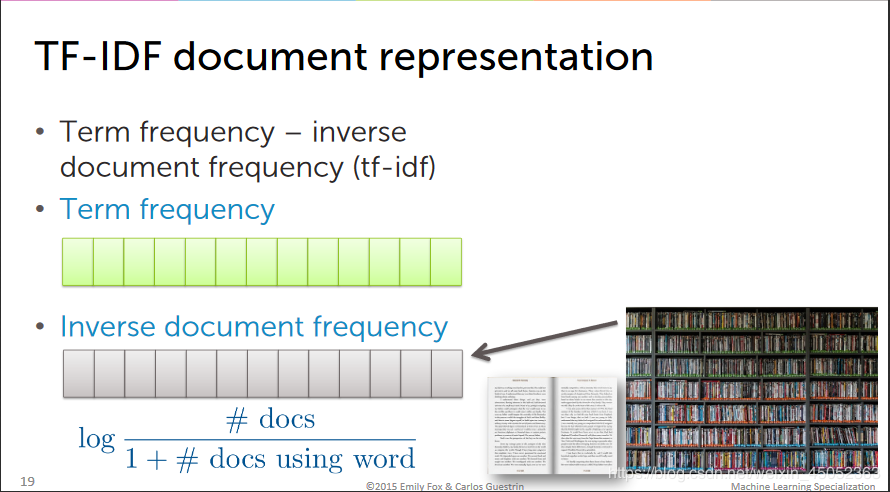 聚类算法实现
Nearest neighbor search(最近邻搜索)
将其他的文献与目标文献进行上面的矩阵相乘,找到最近的那个
聚类算法实现
Nearest neighbor search(最近邻搜索)
将其他的文献与目标文献进行上面的矩阵相乘,找到最近的那个
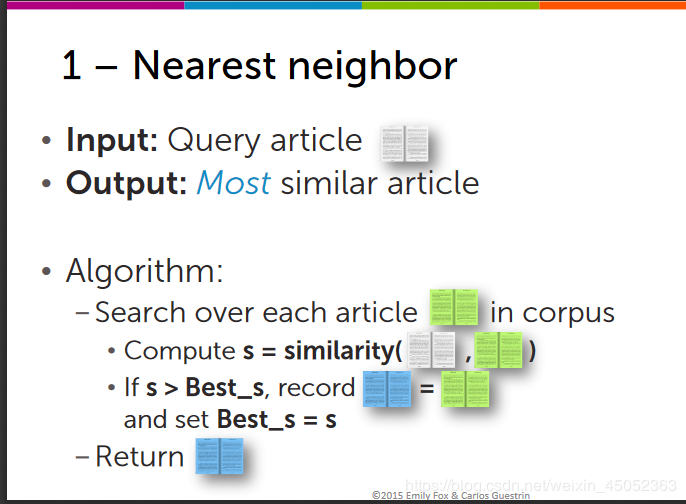 K-Nearest neighbor(KNN)
找出k个最相近的文章
K-Nearest neighbor(KNN)
找出k个最相近的文章
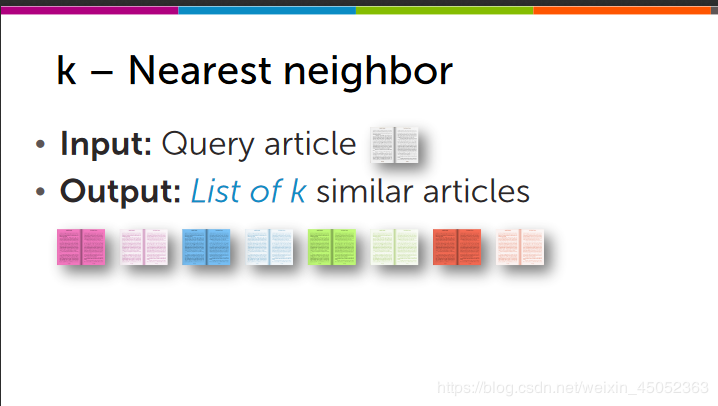 clustering
clustering
作者:weixin_45052363
要求如下
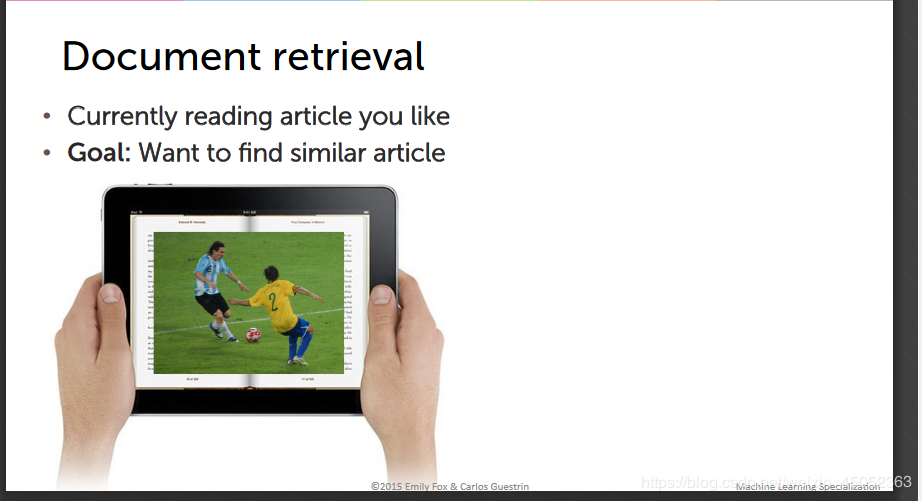
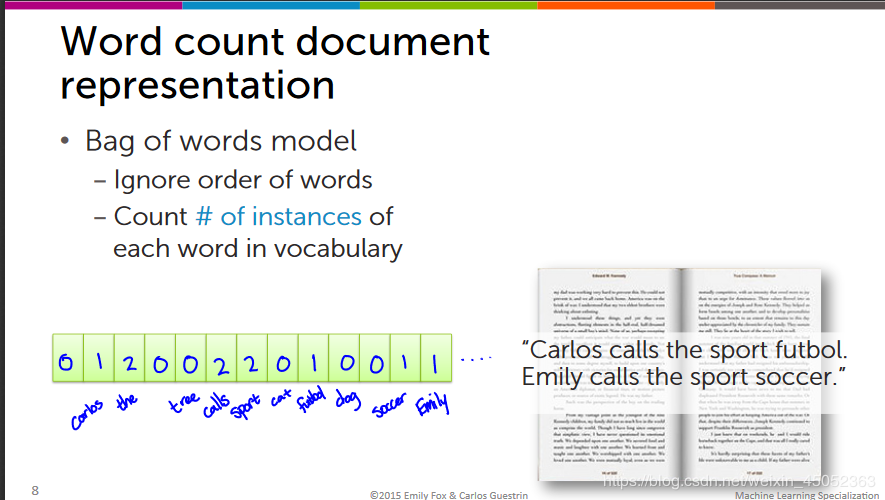
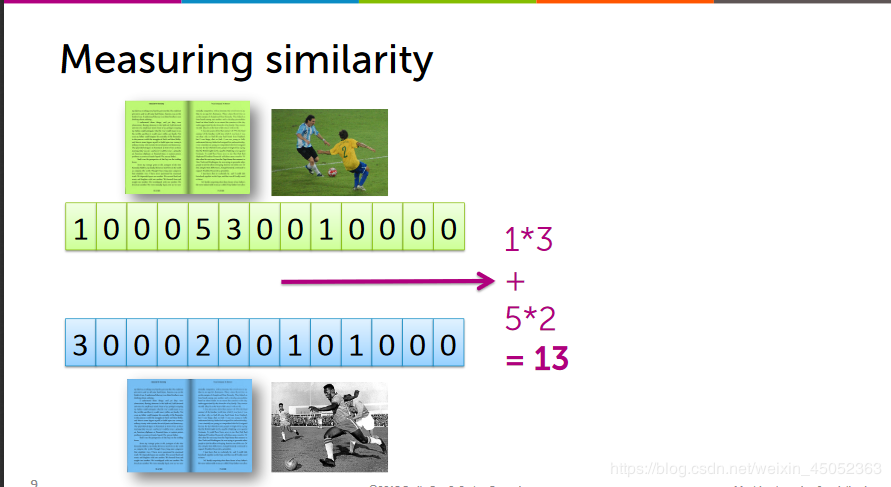
上述方法会受到倍数的影响,因此我们要将其标准化
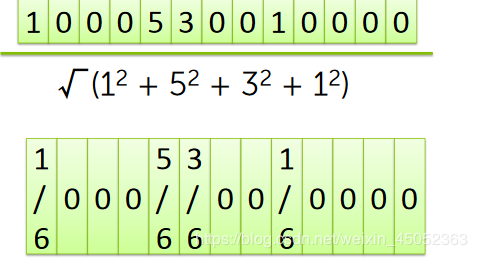
 聚类算法实现
Nearest neighbor search(最近邻搜索)
将其他的文献与目标文献进行上面的矩阵相乘,找到最近的那个
聚类算法实现
Nearest neighbor search(最近邻搜索)
将其他的文献与目标文献进行上面的矩阵相乘,找到最近的那个 K-Nearest neighbor(KNN)
找出k个最相近的文章
K-Nearest neighbor(KNN)
找出k个最相近的文章 clustering
clustering
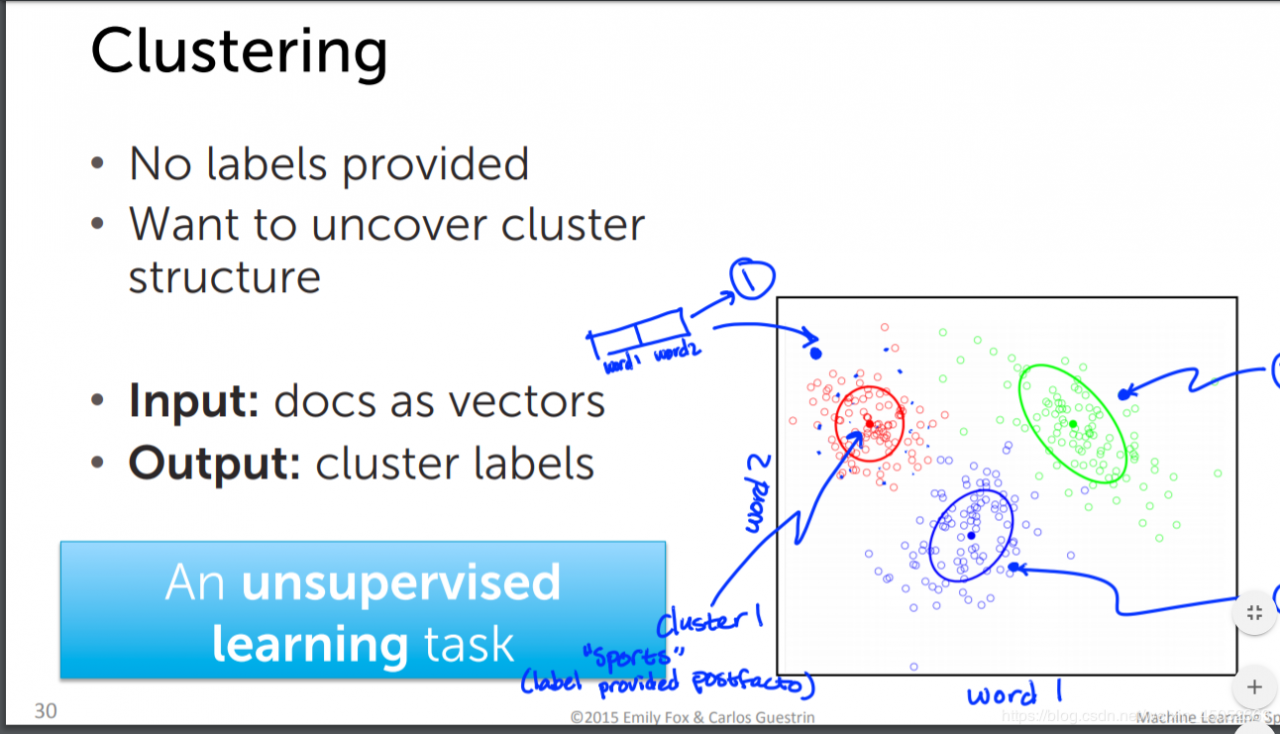
聚类属于一种无监督学习,输入的资料没有标签
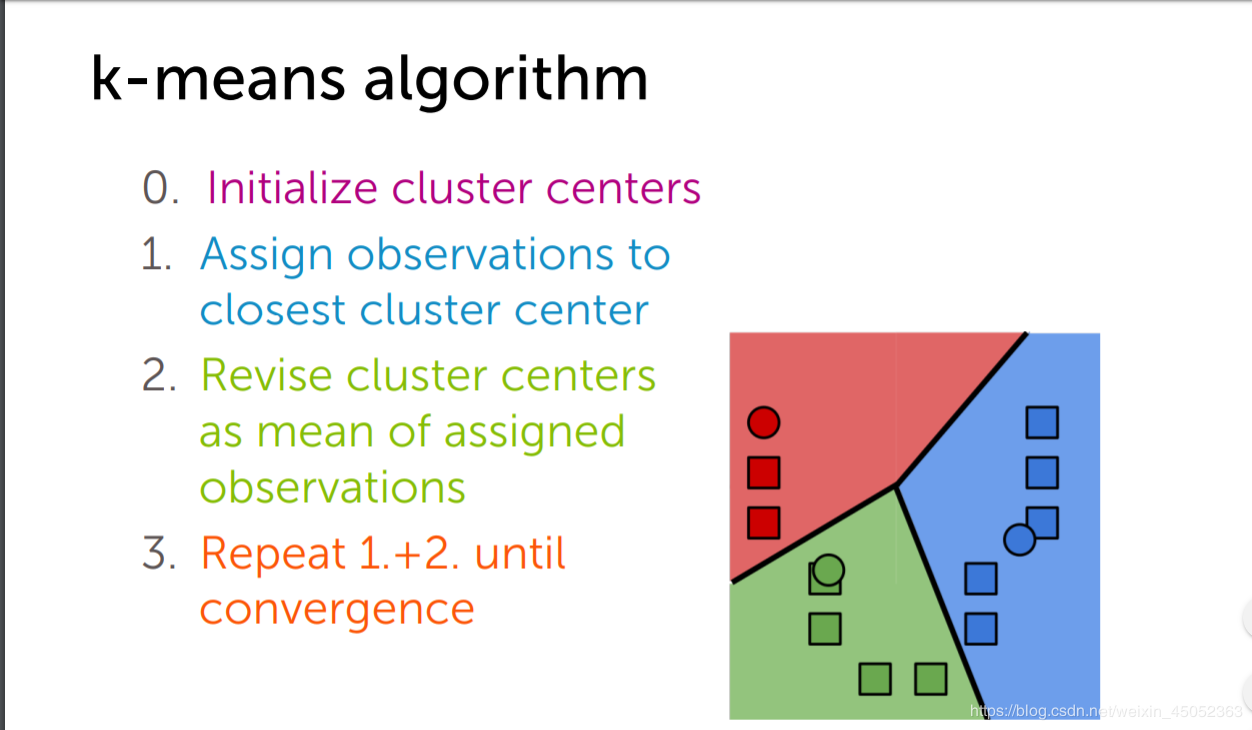
import graphlab
people = graphlab.SFrame('people_wiki.sframe')
Get the word counts for Obama article
obama['word_count'] = graphlab.text_analytics.count_words(obama['text']
Sort the word counts for the obama article
obama_word_count_table = obama[['word_count']].stack('word_count', new_column_name=['word','count'])
Compute TF-IDF for the corpus
people['word_count'] = graphlab.text_analytics.count_words(people['text'])#先将文进行分析
tfidf = graphlab.text_analytics.tf_idf(people['word_count'])#使用tf_idf直接求得我们的目标
Examine the TF-IDF for the Obama article
obama = people[people['name']=='Barack Obama']#先选出obama的数据
obama[['tfidf']].stack('tfidf',new_column_name=['word','tfidf']).sort('tfidf',ascending=False)#再进行tfidf计算及排序
Is Obama closer to clinton or beckham
graphlab.distances.cosine(obama['tfidf'][0],clinton['tfidf'][0])# 计算余弦距离
graphlab.distances.cosine(obama['tfidf'][0],beckham['tfidf'][0])
Build a nearest neighbor model for ducument retrival
knn_model = graphlab.nearest_neighbors.create(people,features=['tfidf'],label='name')#knn模型创建
直接用query方法直接调用knn_model
knn_model.query(beckham)
作者:weixin_45052363
相关文章
Quirita
2021-04-07
Vanna
2021-01-09
Iris
2021-08-03
Letitia
2021-02-12
Ailis
2020-05-08
Gella
2023-07-20
Kirima
2023-07-20
Grizelda
2023-07-20
Janna
2023-07-20
Fawn
2023-07-21
Ophelia
2023-07-21
Crystal
2023-07-21
Laila
2023-07-21
Aine
2023-07-21
Bliss
2023-07-21
Lillian
2023-07-21
Tertia
2023-07-21
Olive
2023-07-21